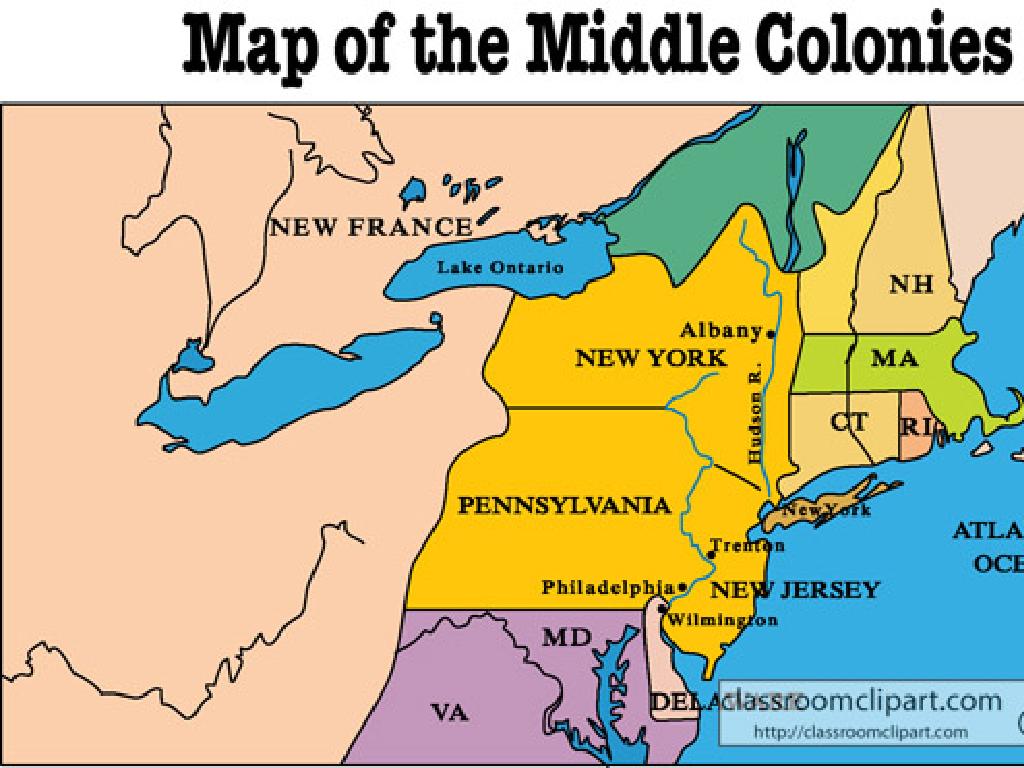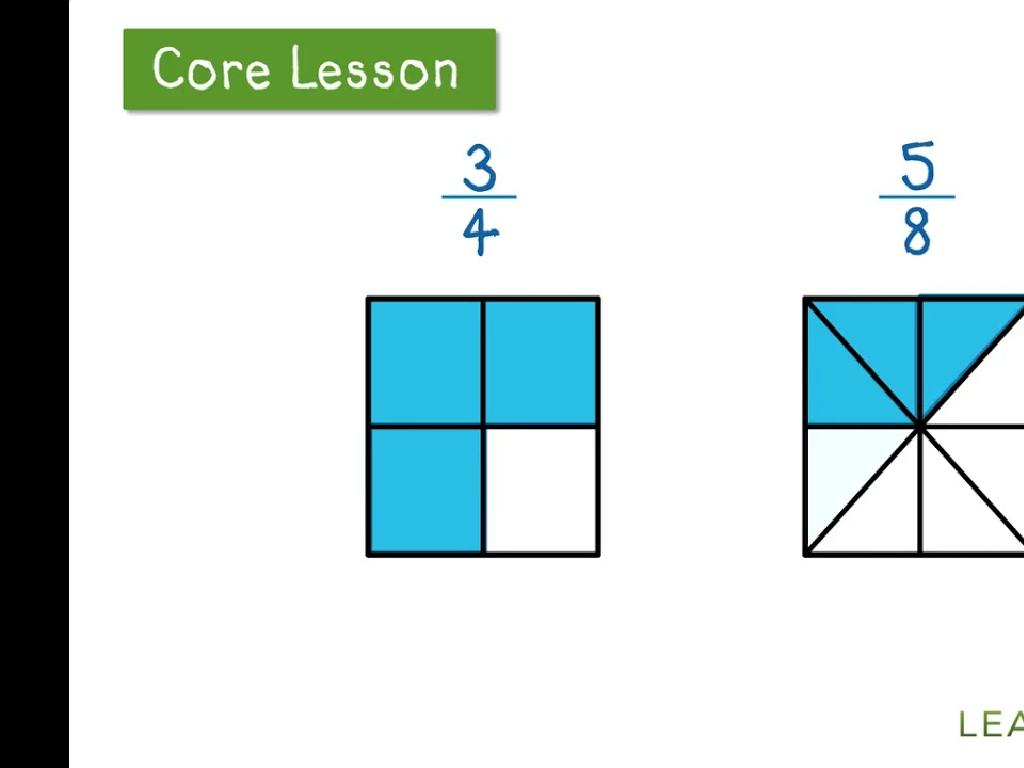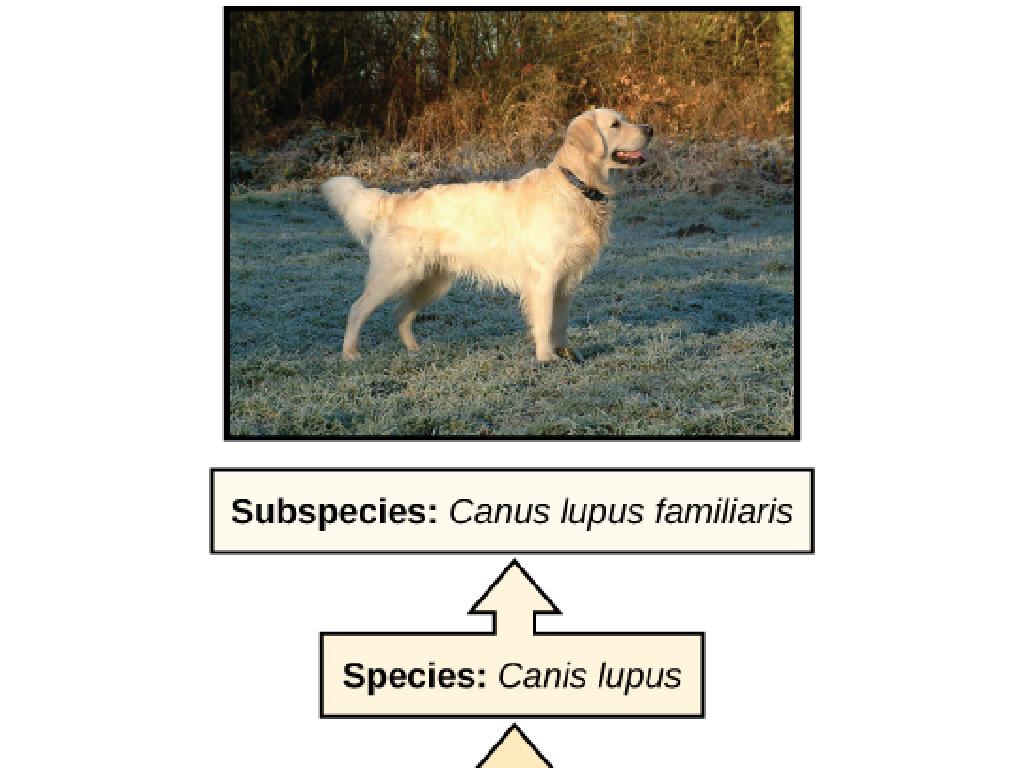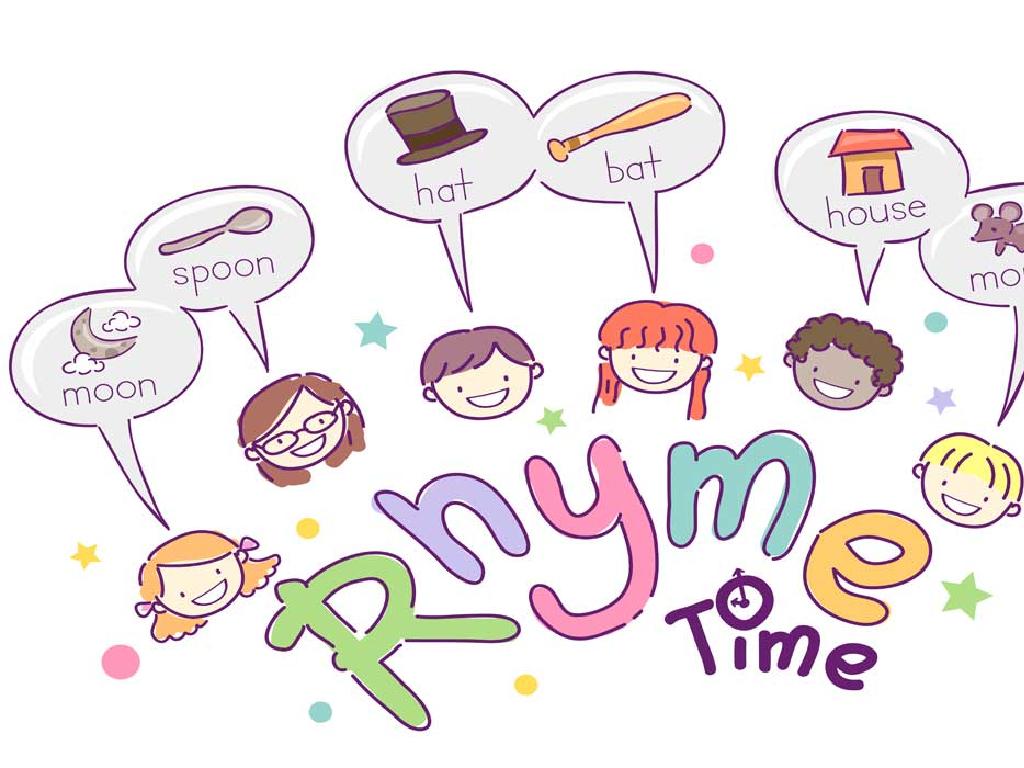Add Money Up To $1: Word Problems
Subject: Math
Grade: Second grade
Topic: Add And Subtract Money Up To $1
Please LOG IN to download the presentation. Access is available to registered users only.
View More Content
Welcome to Money Math: Adding Up!
– Learn the value of coins and bills
– Pennies, nickels, dimes, quarters, and dollar bills each have a different value.
– Combine money amounts with addition
– Add the values of coins and bills to find the total amount.
– Practice with real-world examples
– Use examples like buying fruit or school supplies to understand adding money.
– Get ready for fun money math activities
|
This slide introduces second graders to the concept of adding money up to $1. Start by explaining the value of different coins and bills, ensuring that students can recognize and value pennies, nickels, dimes, quarters, and dollar bills. Then, demonstrate how to add different amounts of money together using basic addition. Use relatable examples such as purchasing small items to make the concept more tangible. Prepare interactive activities where students can practice adding money, such as role-playing a store scenario where they buy and sell items with play money. The goal is to make them comfortable with handling money and understanding the total cost of items when added together.
Meet the Coins: Understanding Their Values
– Identifying coins: penny, nickel, dime, quarter
– Learn each coin’s value
1¢ is a penny, 5¢ is a nickel, 10¢ is a dime, and 25¢ is a quarter
– Counting pennies to make a nickel
If you have 5 pennies, that’s the same as one nickel!
– Practice with real coins
|
This slide introduces students to the basic coins used in US currency and their values. Start by showing real coins or images of a penny, nickel, dime, and quarter. Explain that each coin is worth a different amount of money. A penny is worth 1 cent, a nickel is worth 5 cents, a dime is worth 10 cents, and a quarter is worth 25 cents. Use simple questions like ‘How many pennies make a nickel?’ to help students practice and understand the concept of coin values. Encourage hands-on practice with actual coins or manipulatives to solidify their understanding. This foundational knowledge is crucial for solving word problems involving the addition of money up to $1.
Counting Coins: Adding Money
– Count coins starting with the largest
– Begin with quarters, then dimes, nickels, and pennies
– Add value of each coin together
– Add up the total amount of money you have
– Example: 1 quarter + 2 dimes
– 1 quarter (25¢) + 2 dimes (20¢) = 45¢
– Practice with different coins
– Try adding 3 nickels to 2 dimes next!
|
This slide introduces students to the concept of counting coins by starting with the coin of the largest value and working down to the smallest. Emphasize the importance of knowing the value of each coin: quarters (25¢), dimes (10¢), nickels (5¢), and pennies (1¢). Use the example provided to show how to add coins together. Encourage students to practice with real or play coins to reinforce the concept. Provide various combinations of coins for them to add, ensuring they understand that starting with the largest value coin makes it easier to count. This activity will help build their confidence in handling money and improve their addition skills.
Adding Bills and Coins Up to $1
– Understanding the $1 bill
– Adding coins to reach $1
– Use pennies, nickels, dimes, and quarters to make a dollar
– Example: Combining quarters, dimes, and nickels
– 3 quarters (75¢) + 2 dimes (20¢) + 1 nickel (5¢) = 100¢ or $1
– Practice with different coin combinations
– Try using different coins to add up to $1
|
This slide introduces students to the concept of adding different denominations of money to make a total of $1. Start by explaining the value of a single dollar bill. Then, show how various combinations of coins can add up to $1. Use the example provided to illustrate how 3 quarters, 2 dimes, and 1 nickel together make $1. Encourage students to practice with real or play coins to strengthen their understanding. Provide additional examples and let students come up with their own combinations of coins that make a dollar. This hands-on activity will help solidify their grasp of basic money addition.
Adding Money: Word Problems
– Read a story problem together
– Find the money amounts
– Look for $ signs and numbers
– Solve the problem step by step
– Use counting up or a number line
– Check our answer
– Does our solution make sense?
|
This slide is aimed at helping second-grade students tackle word problems involving adding money up to $1. Start by reading a story problem aloud to the class, ensuring that students are following along. Next, work together to identify the different money amounts mentioned in the problem. Then, guide the students through solving the problem step by step, which could involve counting up or using a number line for visual aid. Finally, encourage students to check their answers to see if they make sense. For example, if the story problem is about buying a pencil for 25 cents and an eraser for 50 cents, students should identify the amounts, add them together, and check if their total is less than or equal to $1. The teacher’s notes should include various strategies for solving the problems and suggestions for checking work.
Let’s Practice Adding Money!
– Work through a word problem
– Example: If you have 3 dimes and 4 pennies, how much do you have?
– Discuss solving methods
– Counting on fingers, drawing coins, using number lines
– Class activity: Board problem solving
– Students take turns solving similar problems on the board
– Encourage different solutions
|
This slide is designed to engage second-grade students in a practical application of adding money up to $1 through a word problem. Start by presenting a simple problem involving coins within their understanding. Discuss various strategies they can use to find the solution, such as visual representation or counting by tens and ones. The class activity involves students coming up to the board to solve similar problems, which encourages participation and allows for assessment of their understanding. Different approaches to solving the problems should be welcomed, as they can cater to diverse learning styles. The teacher should prepare several word problems of varying difficulty to ensure all students can participate and be challenged.
Class Activity: Money Scavenger Hunt
– Find coins hidden in the classroom
– Pair up and add coins up to $1
– Discuss your findings with the class
– Share the different ways you found to make $1
– Reflect on how you added the money
– Did you use quarters, dimes, nickels, or pennies?
|
This interactive activity is designed to help students practice adding money up to $1 in a fun and engaging way. Hide various coins around the classroom before the activity starts. Students will work in pairs to search for these coins and then use their math skills to add up to exactly $1. After the hunt, each pair will share with the class how many of each type of coin they found and how they added them together to reach the total amount. Encourage students to think about the different combinations of coins that can be used to make $1. Possible variations of the activity could include timing the hunt, offering small prizes for the most efficient or creative solutions, or having students draw their coin combinations on paper.
Wrapping Up: Adding Money Up to $1
– Review of adding money skills
– We learned to add different coins to make up to $1.
– Importance of money addition
– Knowing how to add money helps with buying things and getting the correct change.
– Homework: Money addition worksheet
– Practice with a worksheet to become a money addition expert!
|
As we conclude today’s lesson, it’s important to recap the key skill of adding money up to $1. This skill is essential for everyday transactions, such as purchasing small items or understanding change received. Reinforce the concept by discussing real-life scenarios where they might need to use this skill. For homework, provide a worksheet with various word problems that require students to add different coin combinations up to $1. This will help solidify their understanding and give them practical experience. Encourage them to try solving the problems without physical coins first, using mental math, and then check their work with actual coins.






